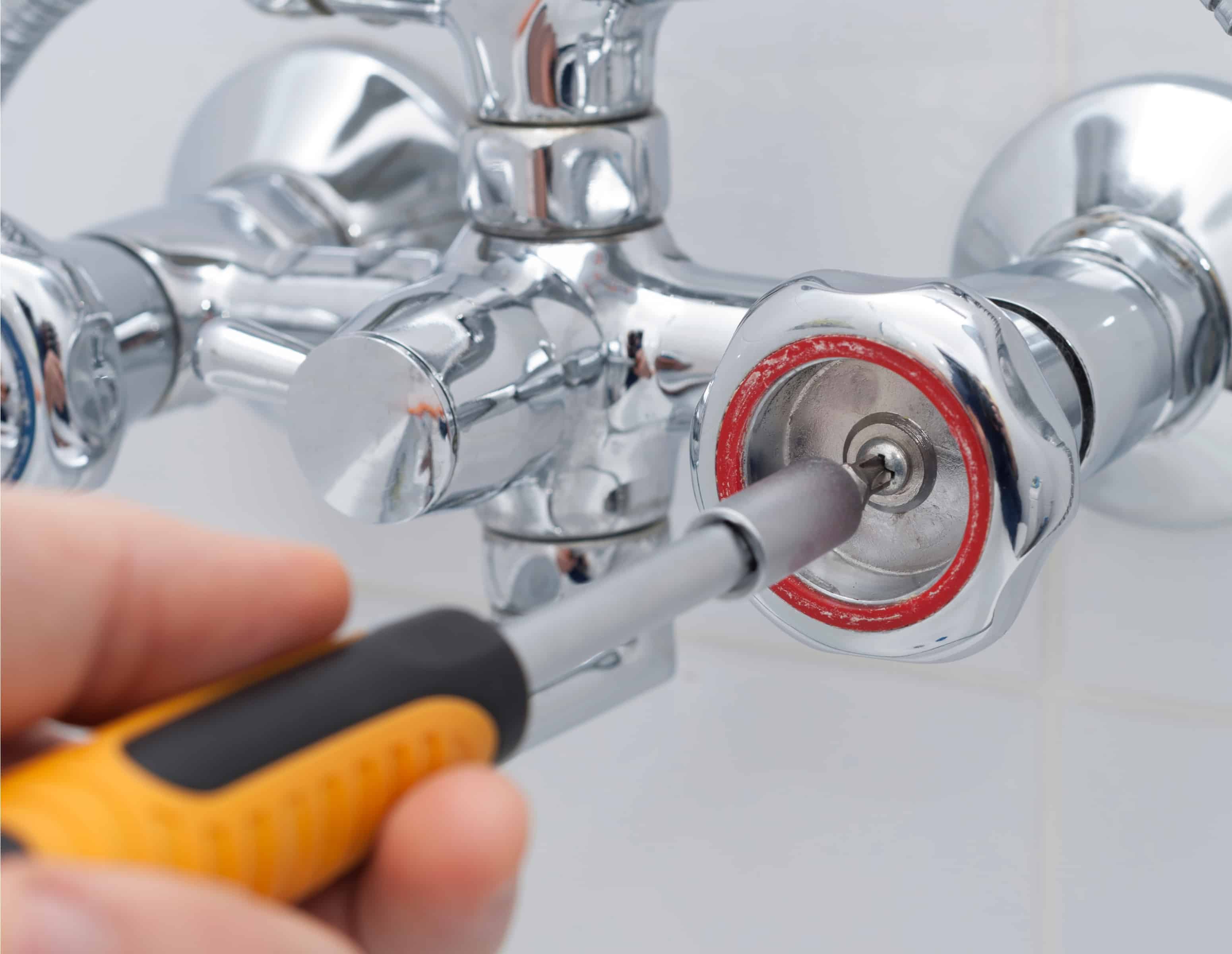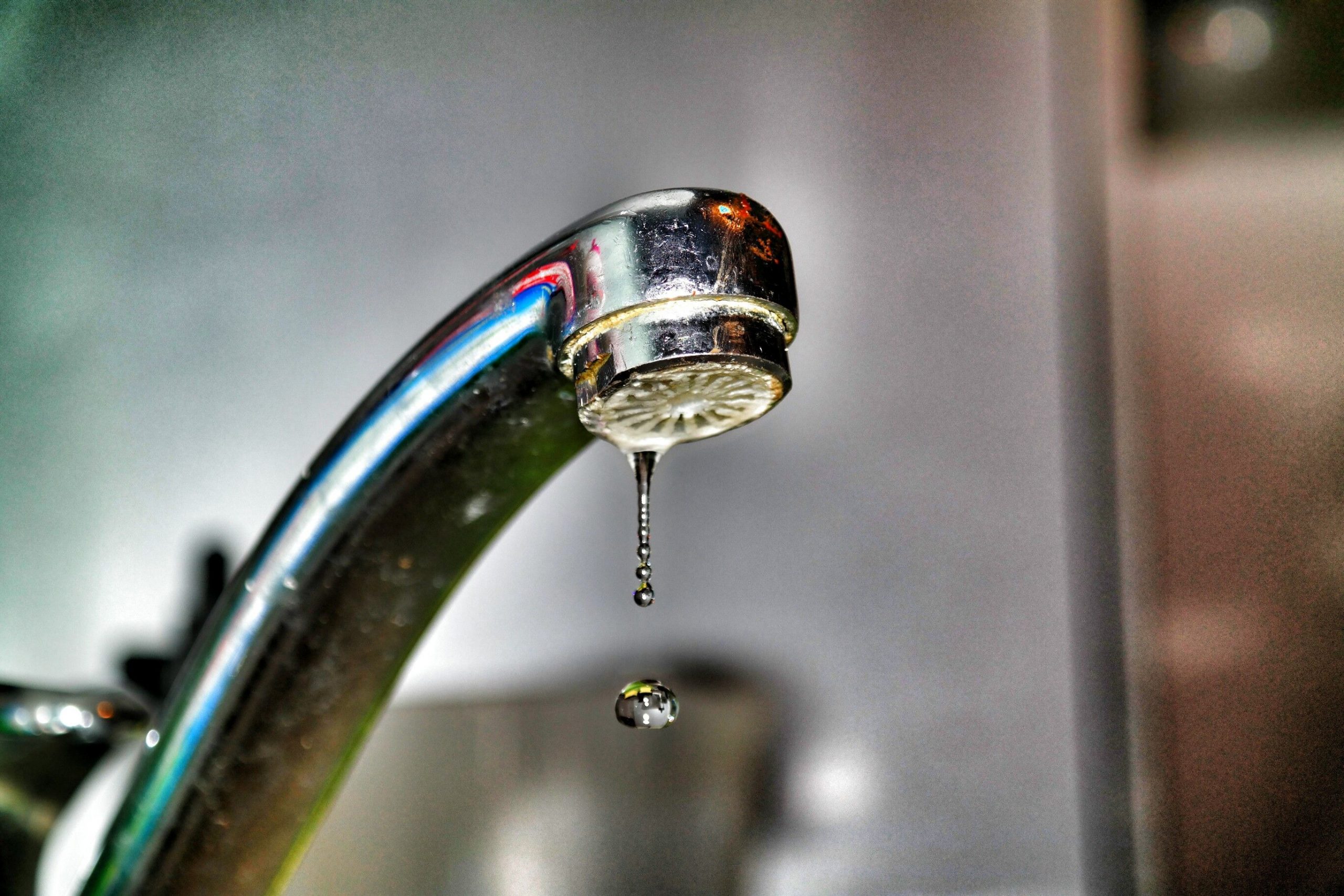Understanding the Lift Rod and Its Function: Bathroom Faucet Leaking From Lift Rod
The lift rod is a crucial component in a bathroom faucet, responsible for controlling the flow of water. It connects the handle to the valve stem, enabling you to turn the faucet on and off. The lift rod’s functionality ensures a smooth and reliable water flow, making it an essential part of the faucet’s overall operation.
Types of Lift Rods
Lift rods come in various types, each suited for specific faucet designs and functionalities.
- Standard Lift Rod: This is the most common type of lift rod, typically found in single-handle faucets. It consists of a simple rod with a threaded end that connects to the valve stem and a threaded end that connects to the handle. This type of lift rod provides a direct and straightforward connection between the handle and the valve stem.
- Adjustable Lift Rod: This type of lift rod is designed to accommodate different faucet heights and handle positions. It features an adjustable length that allows for customization to fit various faucet configurations.
- Spring-Loaded Lift Rod: This type of lift rod incorporates a spring mechanism to provide a smoother and more controlled movement. The spring helps to ensure a consistent water flow and prevents the handle from bouncing back too quickly.
How the Lift Rod Mechanism Works
The lift rod mechanism is a simple but effective system that translates the handle’s rotation into a vertical movement of the valve stem.
- When you turn the faucet handle, the lift rod rotates, causing the threaded end connected to the valve stem to move up or down.
- This movement opens or closes the valve stem, controlling the water flow.
- As the lift rod moves, the spring mechanism (if present) provides a smooth and consistent motion, ensuring a controlled water flow.
Common Causes of a Leaky Lift Rod

A leaky lift rod is a common problem with bathroom faucets, and it can be caused by a variety of factors. Understanding the root cause of the leak is crucial for effective repair. This section explores the most common reasons why a lift rod might leak and the potential damage it can cause.
Potential Damage Caused by a Leaky Lift Rod
A leaky lift rod can cause significant damage to your bathroom if left unaddressed. The constant dripping can lead to water damage to the surrounding surfaces, such as the countertop, cabinet, and floor. Moreover, the leak can also cause mold and mildew growth, posing health risks.
Identifying the Source of the Leak
A leaking lift rod can manifest in different ways, and it’s essential to differentiate it from other faucet issues. Here’s a comparison of symptoms to help identify the source of the leak:
Comparing Symptoms of a Leaky Lift Rod
- Leaking Lift Rod: A constant drip or a slow stream of water leaking from the spout, even when the faucet is turned off. The leak usually worsens when the faucet is turned on, and the water pressure increases.
- Worn-out O-rings or Washers: A dripping faucet when turned off, but the leak stops when the faucet is turned on. The leak may be intermittent and vary in intensity depending on the water pressure.
- Loose or Worn-out Cartridge: A constant stream of water leaking from the spout, regardless of whether the faucet is turned on or off. The leak is usually consistent and does not change with water pressure.
Troubleshooting and Repairing a Leaky Lift Rod

Diagnosing and repairing a leaking lift rod in a bathroom faucet is a common plumbing issue that can be addressed with the right tools and knowledge. By understanding the cause of the leak and following the steps Artikeld below, you can effectively fix the problem and restore your faucet to its proper functionality.
Diagnosing a Leaky Lift Rod, Bathroom faucet leaking from lift rod
The first step in repairing a leaking lift rod is to determine the source of the leak. A thorough inspection will help pinpoint the problem area and guide your repair approach.
- Check for Visual Leaks: Observe the faucet for any visible signs of water dripping or leaking from the spout, handle, or base. This can often indicate a leaking lift rod or a worn-out washer.
- Listen for Sounds: Pay attention to any unusual sounds coming from the faucet, such as dripping, gurgling, or hissing. These sounds might suggest a leak within the faucet mechanism, including the lift rod.
- Test the Lift Rod: Turn the faucet handle on and off a few times. If you notice any resistance or uneven movement, it could indicate a problem with the lift rod or its associated components.
- Inspect the Lift Rod: Carefully remove the faucet handle and inspect the lift rod for signs of damage, wear, or corrosion. Look for any cracks, scratches, or loose connections that might be contributing to the leak.
Repairing a Leaky Lift Rod
Once you’ve identified the cause of the leak, you can begin the repair process. The specific steps will vary depending on the nature of the problem, but common repair methods include:
- Replacing the Lift Rod: If the lift rod is damaged, corroded, or worn out, replacing it is often the most effective solution. This involves removing the old lift rod and installing a new one, ensuring proper alignment and secure connections.
- Replacing the Lift Rod Washer: The washer at the bottom of the lift rod is responsible for sealing the water flow. If the washer is worn out or damaged, it can cause a leak. Replacing the washer with a new one can often resolve the issue.
- Tightening the Lift Rod Nut: In some cases, a loose lift rod nut can lead to a leak. Tightening the nut can often resolve the issue, but be careful not to overtighten it, as this can damage the lift rod or other components.
- Repairing a Cracked Lift Rod: If the lift rod is cracked, it may be possible to repair it with epoxy or a similar adhesive. However, this is a temporary solution and may not be as durable as replacing the lift rod entirely.
Tools and Materials
Here’s a table outlining the essential tools and materials you’ll need for repairing a leaky lift rod:
| Tool/Material | Description |
|---|---|
| Adjustable Wrench | Used for tightening and loosening nuts and bolts |
| Channel-Lock Pliers | Useful for gripping and turning stubborn nuts and bolts |
| Screwdriver Set | For removing screws holding the faucet handle and other components |
| New Lift Rod | Replace a damaged or worn-out lift rod |
| Lift Rod Washer | Replace a worn-out or damaged washer |
| Plumber’s Tape | Used to seal threads and prevent leaks |
| Silicone Lubricant | Helps prevent friction and ensure smooth operation of the lift rod |
